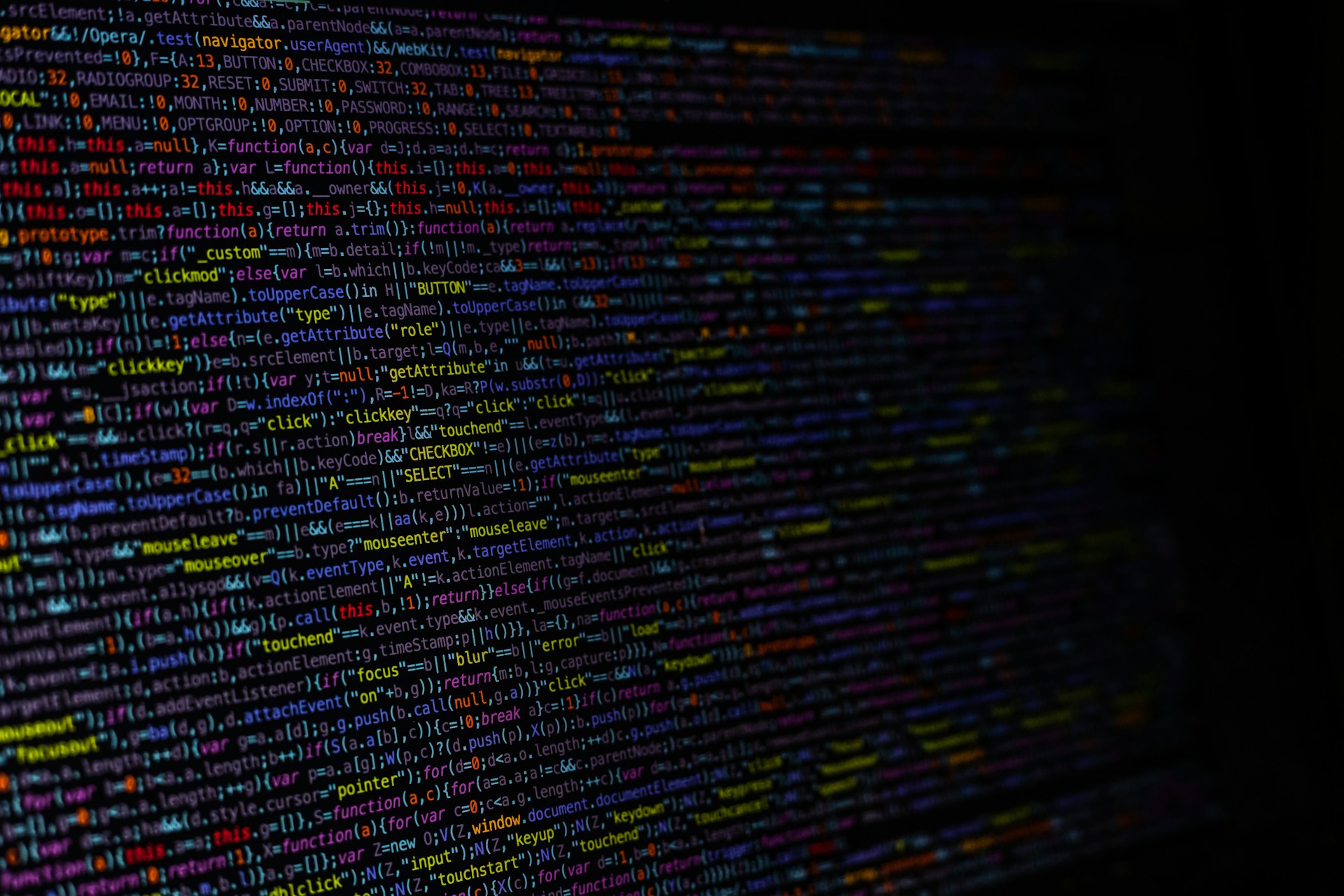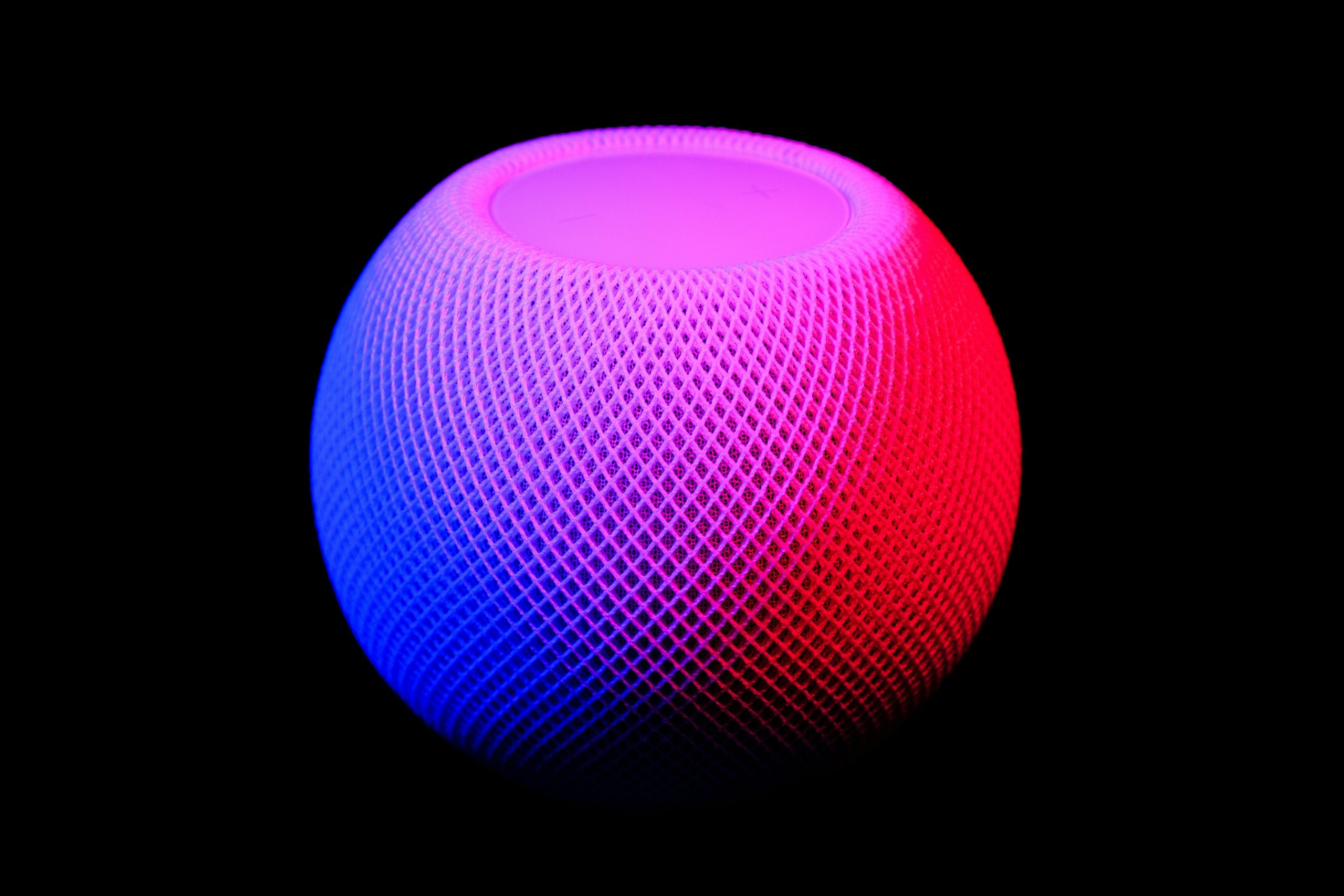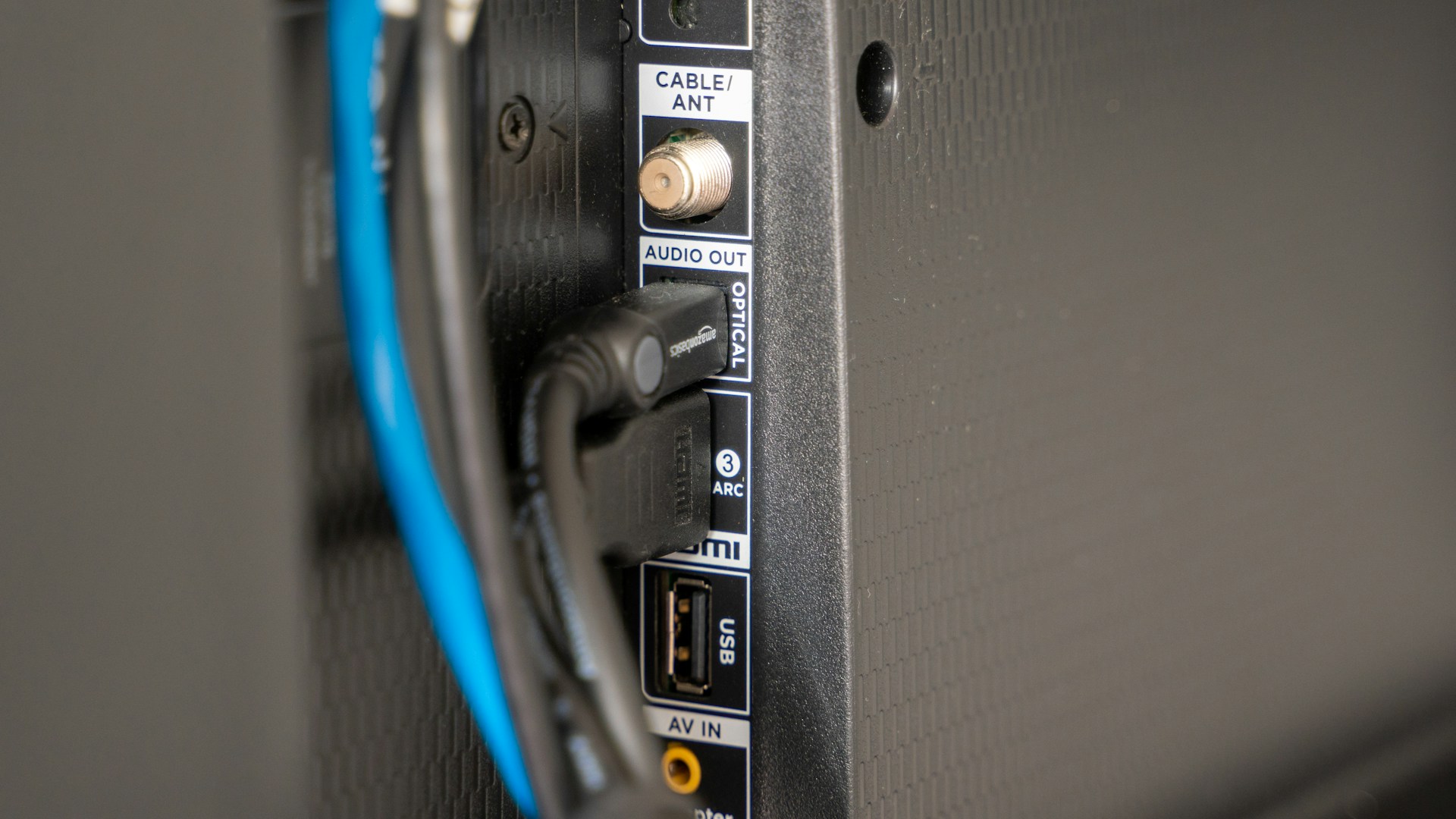In today’s rapidly evolving digital landscape, the Internet of Things (IoT) stands as a transformative force, weaving connectivity into the fabric of our daily lives. From smart homes to wearable devices and industrial machinery, IoT is reshaping how we interact with technology and the world around us. This article delves into the concept of IoT and its profound impact on various aspects of our everyday existence.
Understanding IoT:
All things that are networked and equipped with sensors, software, and other technologies that enable them to communicate and collect data over the internet are collectively referred to as the Internet of Things (IoT). These devices can range from household appliances like refrigerators and thermostats to automobiles, medical devices, and beyond. By gathering and analyzing data in real-time, IoT systems facilitate automation, optimization, and enhanced decision-making across diverse domains.
Impact on Daily Life:
Smart Homes: IoT-enabled devices have revolutionized home automation, offering greater convenience, comfort, and efficiency. From remotely controlling lights, thermostats, and security cameras via smartphone apps to automated energy management systems, IoT technology enhances home security, energy conservation, and overall quality of life.
Healthcare: In the healthcare sector, IoT devices such as wearable fitness trackers, smartwatches, and medical implants empower individuals to monitor their health metrics in real-time. These devices can track vital signs, detect abnormalities, and provide timely alerts to both users and healthcare providers, thereby facilitating proactive healthcare management and early intervention.
Transportation: IoT is driving innovation in transportation through the development of connected vehicles and intelligent transportation systems. From GPS navigation and vehicle diagnostics to autonomous driving capabilities, IoT technologies are enhancing road safety, optimizing traffic flow, and revolutionizing the way we commute.
Retail: In the retail industry, IoT solutions enable personalized shopping experiences, inventory management, and supply chain optimization. Smart shelves equipped with RFID tags, beacons, and sensors can track product availability, monitor consumer behavior, and facilitate targeted marketing campaigns, thereby enhancing operational efficiency and customer satisfaction.
Smart Cities: IoT plays a pivotal role in the creation of smart cities by integrating data-driven technologies to improve urban infrastructure, transportation, public safety, and environmental sustainability. From smart energy grids and intelligent traffic management systems to waste management and air quality monitoring, IoT solutions contribute to the creation of more livable, resilient, and sustainable urban environments.
Future Prospects:
As IoT continues to evolve, its impact on daily life is poised to expand further. With advancements in artificial intelligence, edge computing, and 5G connectivity, IoT ecosystems will become more interconnected, intelligent, and responsive. From autonomous drones and smart agriculture to personalized healthcare and immersive virtual experiences, the possibilities are limitless.
Conclusion:
To sum up, the Internet of Things signifies a fundamental change in the way we engage with technology and the environment. By interconnecting devices, collecting vast amounts of data, and leveraging advanced analytics, IoT is transforming various facets of our daily lives, from home automation and healthcare to transportation and urban living. As IoT technology continues to mature, its potential to drive innovation, efficiency, and convenience will only grow, ushering in a new era of connectivity and opportunity.
Security and Privacy Considerations:
However, amidst the promises of IoT lies the challenge of security and privacy. With the proliferation of interconnected devices collecting sensitive data, concerns about data breaches, hacking, and privacy violations loom large. Safeguarding IoT ecosystems against cyber threats requires robust encryption, authentication mechanisms, and proactive security measures at every level of the network.
Furthermore, ensuring the privacy of individuals’ data is paramount. Striking the right balance between data collection for innovation and protecting users’ privacy rights necessitates clear regulations, transparent data practices, and user consent mechanisms. As IoT adoption accelerates, policymakers, industry stakeholders, and consumers must collaborate to establish comprehensive frameworks that safeguard both security and privacy in the IoT landscape.
Empowering Users:
In navigating the complexities of IoT, user education and empowerment are essential. Providing consumers with clear information about the data collected, how it is used, and the security measures in place empowers them to make informed decisions about their privacy and security preferences. Additionally, promoting digital literacy and cybersecurity awareness equips users with the knowledge and skills to mitigate risks and protect their IoT-enabled devices effectively.
Collaborative Innovation:
Ultimately, realizing the full potential of IoT hinges on collaborative innovation and responsible stewardship. By fostering interdisciplinary collaboration among technologists, policymakers, researchers, and industry leaders, we can harness the transformative power of IoT to address pressing societal challenges, drive economic growth, and raise the standard of living for people everywhere.
Final Thoughts:
In conclusion, while the Internet of Things holds immense promise for revolutionizing our daily lives, it also presents profound challenges and considerations. By embracing innovation, fostering collaboration, and prioritizing security and privacy, we can unlock the full potential of IoT to create a more connected, efficient, and sustainable future. As we navigate the complexities of this rapidly evolving landscape, let us strive to harness the transformative power of IoT responsibly, ensuring that it serves the collective good while respecting the rights and dignity of individuals.
Future Advancements:
Edge Computing: As IoT devices generate massive amounts of data, there’s a growing need to process and analyze this data closer to the source. Edge computing brings computational capabilities closer to IoT devices, reducing latency and bandwidth usage while enhancing real-time decision-making and responsiveness.
5G Connectivity: The rollout of 5G networks promises to revolutionize IoT by providing higher bandwidth, lower latency, and greater reliability. This enables more seamless connectivity for IoT devices, supporting applications such as autonomous vehicles, augmented reality, and industrial automation.
Artificial Intelligence (AI) Integration: AI technologies, such as machine learning and neural networks, are increasingly being integrated with IoT systems to enable predictive analytics, anomaly detection, and autonomous decision-making. This synergy between IoT and AI enhances the intelligence and adaptability of connected devices and systems.
Blockchain for Security: Blockchain technology offers decentralized, tamper-proof data storage and transaction capabilities, making it well-suited for enhancing security and trust in IoT ecosystems. By leveraging blockchain for secure data exchange, authentication, and smart contracts, IoT deployments can mitigate cybersecurity risks and ensure data integrity.
Challenges and Considerations:
Interoperability: The proliferation of IoT devices from various manufacturers has led to compatibility issues and fragmentation within IoT ecosystems. Achieving interoperability standards and protocols is crucial to enable seamless communication and integration across diverse devices and platforms.
Scalability: As the number of connected devices continues to grow exponentially, scalability becomes a significant challenge for IoT deployments. Designing scalable architectures and infrastructure that can accommodate the increasing volume of data and devices is essential for sustaining IoT growth.
Data Privacy and Ethics: With IoT devices collecting vast amounts of personal data, ensuring privacy protection and ethical data use is paramount. Striking a balance between data-driven innovation and respecting individuals’ privacy rights requires robust data governance frameworks, transparent practices, and user-centric design principles.
Cybersecurity Risks: IoT devices are often vulnerable to cyber attacks due to factors such as inadequate security measures, default passwords, and lack of firmware updates. Addressing cybersecurity risks in IoT deployments requires a multi-layered approach encompassing encryption, access control, threat monitoring, and ongoing security updates.
Conclusion:
As we embark on this journey into the future of IoT, it’s essential to recognize both its immense potential and the challenges it entails. By embracing technological innovation, fostering collaboration, and prioritizing security, privacy, and ethical considerations, we can harness the transformative power of IoT to create a smarter, more connected, and sustainable world for generations to come. As we navigate the evolving landscape of IoT, let us remain vigilant, proactive, and mindful of the responsibility we bear in shaping the future of connectivity and innovation.
Environmental Sustainability:
IoT has the potential to play a significant role in advancing environmental sustainability efforts. By integrating sensors and data analytics into infrastructure and resource management systems, IoT can optimize energy usage, reduce waste, and mitigate environmental impacts. Smart grids, water management systems, and precision agriculture are just a few examples of how IoT can contribute to a more sustainable future by promoting resource efficiency and conservation.
Social Impact:
In addition to its technological advancements, IoT also holds promise for addressing social challenges and promoting inclusive development. IoT-enabled solutions can enhance accessibility, healthcare delivery, and disaster response in underserved communities. From remote healthcare monitoring to smart city initiatives that improve accessibility for persons with disabilities, IoT has the potential to bridge the digital divide and empower marginalized populations.
Regulatory Frameworks:
As IoT continues to evolve, the development of comprehensive regulatory frameworks becomes imperative to address legal, ethical, and societal implications. Governments and regulatory bodies must collaborate with industry stakeholders to establish standards for data privacy, security, interoperability, and ethical use of IoT technologies. Clear and enforceable regulations can foster innovation while safeguarding the rights and interests of individuals and society as a whole.
Ethical Considerations:
Ethical considerations are paramount in the design, deployment, and use of IoT systems. As IoT devices become increasingly integrated into our lives, questions about data ownership, consent, surveillance, and algorithmic bias come to the forefront. Responsible innovation in IoT requires ethical design practices, transparency, accountability, and ongoing ethical assessment to ensure that technology serves the greater good and upholds human values and dignity.
Collaboration and Partnerships:
Addressing the complex challenges and realizing the full potential of IoT necessitates collaboration and partnerships across sectors and disciplines. Public-private partnerships, academic-industry collaborations, and international cooperation can foster knowledge sharing, innovation, and capacity building in IoT research, development, and deployment. By leveraging collective expertise and resources, we can unlock new opportunities and address shared challenges on a global scale.
Conclusion:
In conclusion, the future of IoT holds immense promise for transforming industries, improving quality of life, and addressing pressing societal challenges. Realizing this promise, nevertheless, will necessitate taking aggressive measures to solve ethical, social, legal, and technical issues. By embracing innovation, collaboration, and responsible stewardship, we can harness the transformative power of IoT to create a more connected, sustainable, and inclusive world for future generations. As we embark on this journey into the IoT-driven future, let us remain steadfast in our commitment to building a better tomorrow for all.
Data Governance and Trust:
Data governance is paramount in IoT ecosystems to ensure the integrity, confidentiality, and accessibility of data. Establishing clear policies and mechanisms for data collection, storage, sharing, and usage is essential for building trust among stakeholders, including consumers, businesses, and regulators. Transparency, accountability, and adherence to data protection regulations are critical for fostering trust and confidence in IoT systems and services.
Human-Centric Design:
Human-centric design principles emphasize the importance of designing IoT solutions that prioritize user needs, preferences, and experiences. By placing humans at the center of the design process, IoT applications can enhance usability, accessibility, and user satisfaction. User-centered design approaches, such as user research, prototyping, and usability testing, can help ensure that IoT products and services meet the diverse needs of individuals and communities.
Resilience and Continuity:
Ensuring the resilience and continuity of IoT systems is essential to mitigate risks associated with potential disruptions, such as cyber attacks, natural disasters, or infrastructure failures. Implementing redundancy, fault tolerance, and disaster recovery measures can help minimize downtime and ensure the uninterrupted operation of critical IoT services. Additionally, fostering a culture of resilience and preparedness among stakeholders can enhance the overall robustness and reliability of IoT ecosystems.
Economic Implications:
The widespread adoption of IoT is expected to have significant economic implications, driving growth, innovation, and job creation across various sectors. IoT technologies can enable new business models, revenue streams, and market opportunities, fueling economic development and competitiveness. However, it is essential to address potential challenges related to workforce displacement, digital divide, and economic inequality to ensure that the benefits of IoT are equitably distributed and accessible to all.





